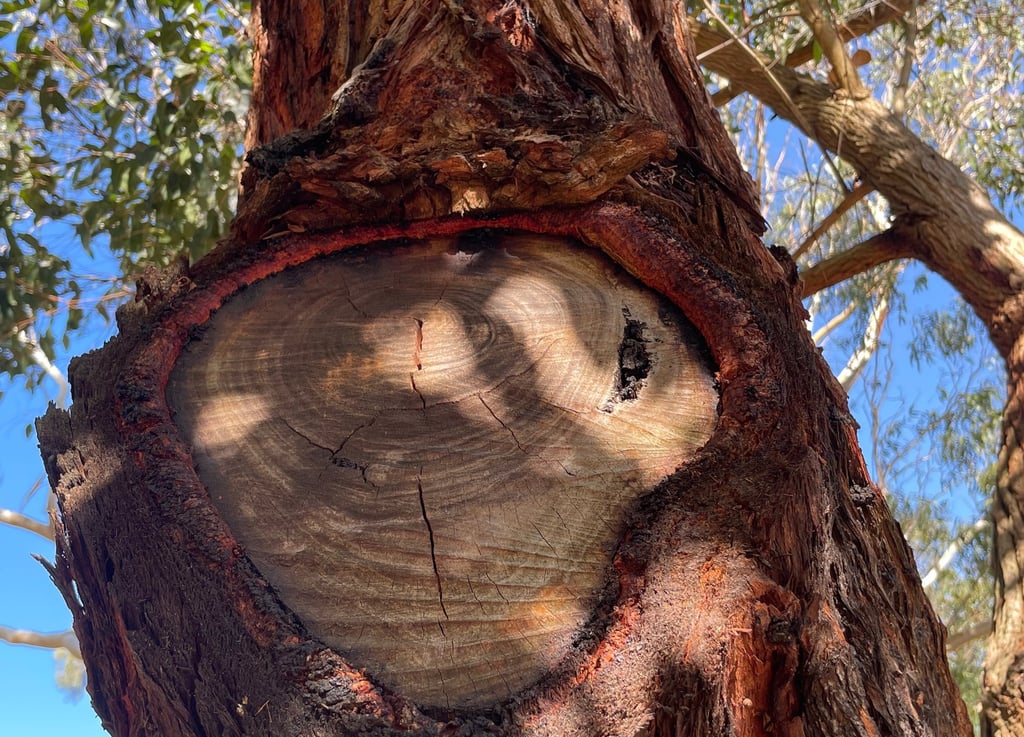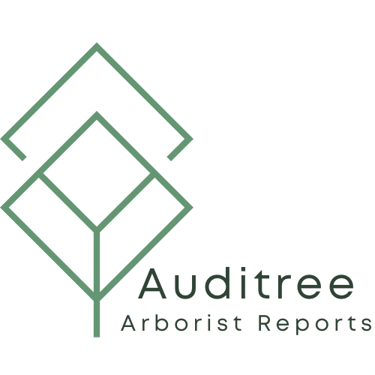What is a Project Arborist and When Do You Need One?
Project arborists assess, protect, and manage trees on development sites. Get expert arborist reports, tree protection, and compliance services with Auditree.
2/27/20252 min read


A Project Arborist plays a crucial role in construction and development projects where trees are present. Their job is to assess, protect, and manage trees impacted by construction works, ensuring compliance with local regulations and industry best practices. Whether it’s a new housing development, commercial build, or large-scale planting project, having a project arborist involved from the early planning stages can prevent costly mistakes and legal issues down the track.
When is a Project Arborist Needed?
A project arborist is required whenever trees are present within or near a development site. Common scenarios where their expertise is needed include:
Development & Construction: Builders and developers must comply with planning permit conditions that often require tree protection measures and an arborist report.
Infrastructure Projects: Roads, footpaths, and utilities (such as drainage or power) can impact tree roots and canopy, requiring specialist input.
Commercial Landscaping & Planting: Large-scale planting projects may need arborist input to ensure species selection and establishment success.
Tree Removal Applications: If trees are protected by overlays or local laws, an arborist report may be required to assess their condition and justify removal or retention.
Stages Where a Project Arborist is Involved
1. Pre-Construction Planning (Arborist Report & Impact Assessment)
Before work begins, an arborist assesses existing trees, their condition, and their retention value.
Tree Protection Zones (TPZs) are calculated, based on AS 4970-2009 (Protection of Trees on Development Sites), to determine appropriate setbacks from construction.
The arborist provides recommendations for tree retention, removal, or design modifications in an arborist report.
2. Tree Protection & Site Preparation
Installation of protective fencing around TPZs to prevent damage to roots and trunks.
Ground protection measures (e.g., mulching, geotextile fabric with temporary load-spreading surfaces) for trees within the construction footprint.
3. Construction Phase (Supervision & Compliance Monitoring)
The project arborist supervises works that occur within TPZs, ensuring compliance with protection measures.
If roots over 40mm in diameter are encountered, they are considered significant and must be retained where possible. If removal is unavoidable, the arborist determines the best approach (e.g., clean hand tools instead of machinery, making smooth cuts to encourage healing).
Works such as boring, hand excavation, or bridging may be recommended to avoid unnecessary root disturbance.
4. Post-Construction (Tree Health Monitoring & Certification)
After construction, an arborist assesses tree health and provides guidance on remedial care (e.g., soil de-compaction, watering regimes, or pruning).
Certification may be required to confirm compliance with permit conditions before final project sign-off, often documented in an arborist report.
Dealing with Significant Roots (>40mm Diameter)
Roots larger than 40mm in diameter are critical to a tree’s stability and health. If encountered:
Avoid cutting them if possible. Root damage can lead to canopy decline, structural instability, and increased risk of failure.
If removal is necessary, make clean cuts. Use sharp tools like secateurs or handsaws rather than machinery.
Encourage regrowth. Apply mulch, water deeply, and use mycorrhizal treatments to promote recovery.
Consider alternative construction methods. Boring or bridging may allow roots to remain undisturbed.
Certification & Compliance
A project arborist overseeing tree protection and management must hold appropriate qualifications, such as:
AQF Level 5 or 8 in Arboriculture for conducting tree assessments and preparing an arborist report.
Construction Induction (White Card) to work on active sites.
Certifications in AS 4970-2009 compliance and supervision for tree protection within developments.
Final Thoughts
Engaging a project arborist early in a project can help avoid delays, compliance issues, and unnecessary tree removals. By following best practices, monitoring construction activities, and ensuring proper post-construction care, trees can coexist with development while maintaining long-term health and structural integrity.
Need an arborist report or project arborist services? AUDITREE provides expert advice for builders, developers, and planners. Contact us today to ensure your project meets regulatory and environmental standards.
© Auditree 2025. All rights reserved.


